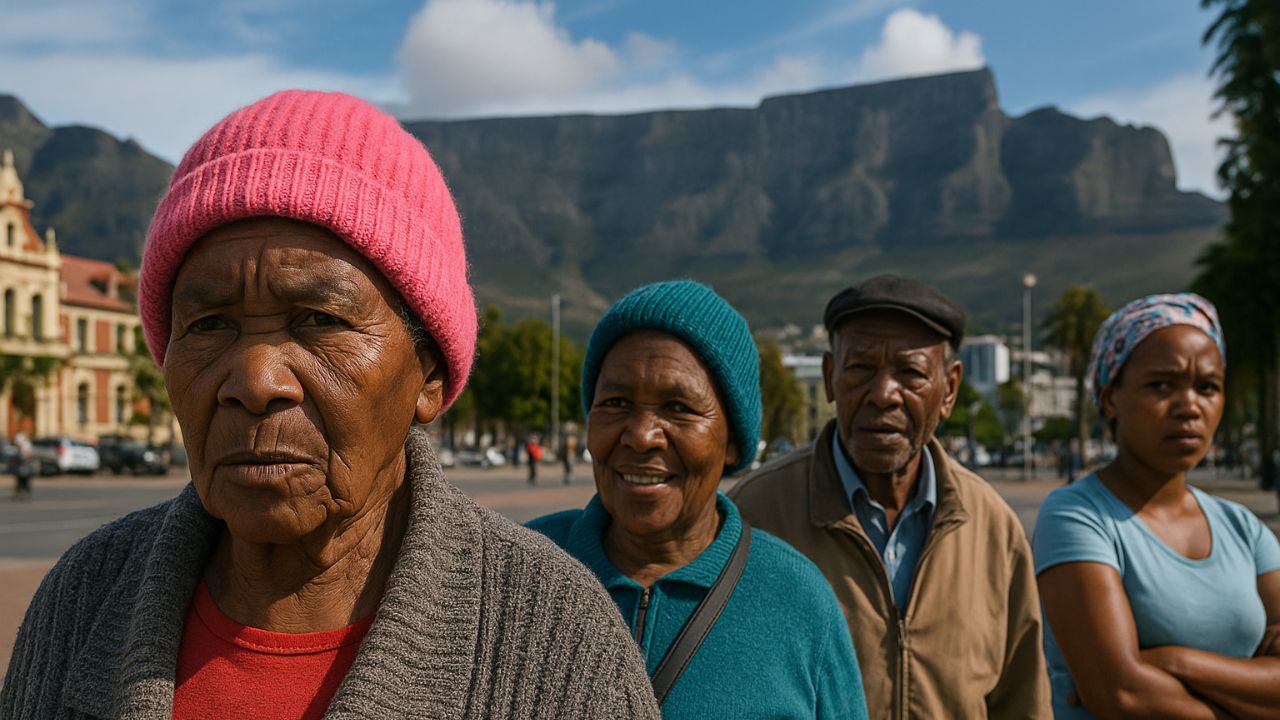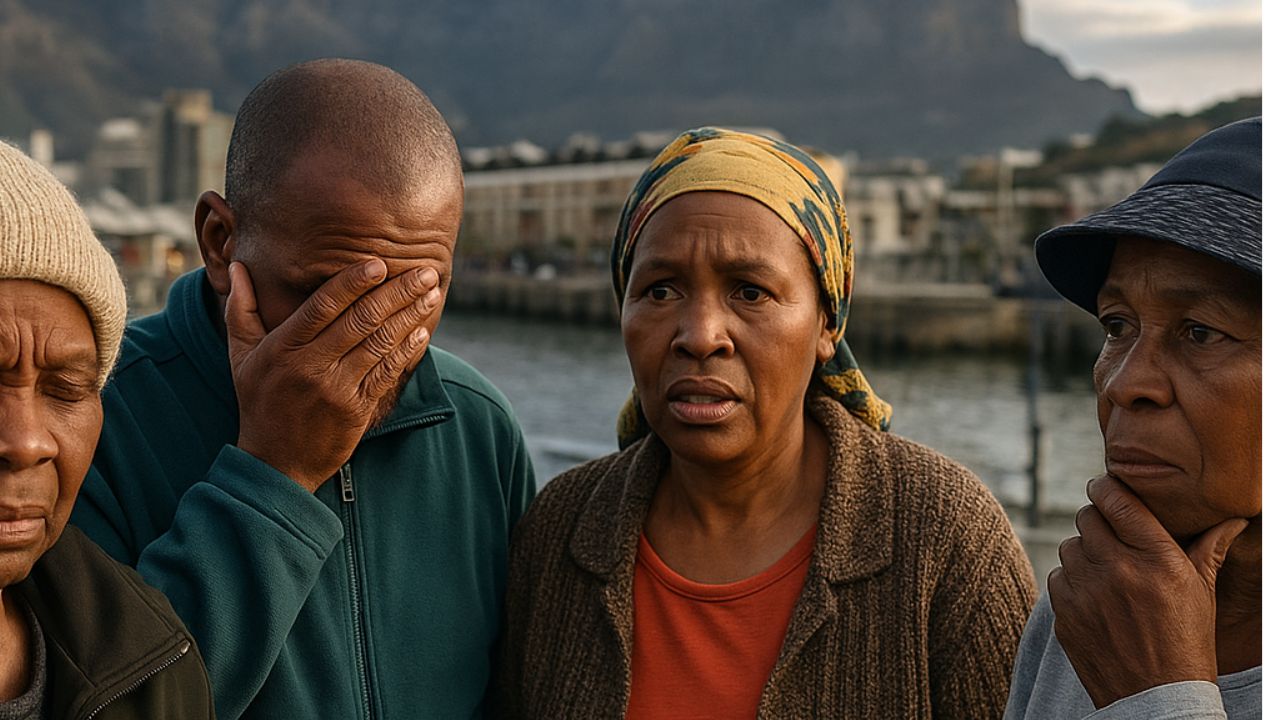South Africa’s September 2025 fuel price hike has raised nationwide concern as motorists, businesses, and commuters brace for higher costs. According to industry analysts, global crude oil fluctuations and a weaker rand have combined to push pump prices upward, directly impacting household budgets and transport systems. In September, petrol and diesel prices are expected to rise sharply, with the government confirming increases across major urban and rural areas. While metropolitan hubs like Johannesburg, Cape Town, and Durban may feel the pinch most due to high demand and traffic density, rural communities will also be affected, particularly in provinces dependent on long-haul transport for essential goods. The latest hike adds to an already strained economic climate, where consumers face rising food prices, electricity tariffs, and general living costs. With this adjustment, many South Africans are questioning how long-term relief might be secured, whether through subsidies, tax relief, or new energy policies. The focus now is on which regions will carry the heaviest burden.
Impact of Fuel Price Hike on Urban Centers
The September 2025 fuel price hike will significantly impact South Africa’s major urban centers. Johannesburg, as the economic hub, will see commuters and logistics companies grappling with higher fuel costs that are likely to drive up public transport fares and delivery charges. Cape Town, heavily reliant on tourism and private car travel, may experience a slowdown in visitor spending as transport costs rise. Durban, as a key port city, could face increased shipping and trucking expenses that might ripple across the supply chain. These urban centers not only consume large amounts of fuel daily but also serve as distribution hubs for surrounding provinces, meaning higher costs here will eventually filter down into smaller towns. Analysts warn that urban households will feel the squeeze most immediately, especially those dependent on taxis and buses for daily commuting. The ripple effect of the hike in these metropolitan areas will make living in the cities even more expensive.
Rural Communities and Agricultural Costs
While the focus often falls on cities, rural communities stand to bear a disproportionate impact from the September 2025 fuel price hike. Agriculture-driven provinces such as Limpopo, Mpumalanga, and the Free State depend heavily on fuel for machinery, irrigation, and the long-distance transport of crops. Rising diesel prices, in particular, will increase the cost of plowing, harvesting, and transporting produce to markets. Farmers may be forced to pass these expenses onto consumers, contributing to already climbing food inflation. In addition, rural households that rely on private vehicles for access to clinics, schools, and essential services will face higher out-of-pocket costs. Unlike urban areas with public transport systems, rural areas have fewer alternatives, making them more vulnerable to sustained price hikes. This creates a cycle where both producers and consumers suffer, and rural economies—already fragile—struggle to stay afloat under the added financial pressure of escalating fuel prices.
Regional Disparities in Fuel Price Burden
The September 2025 fuel price hike highlights stark regional disparities across South Africa. Inland provinces such as Gauteng and North West traditionally face higher pump prices due to transport costs from coastal refineries. As a result, Gauteng motorists may pay more than their coastal counterparts, amplifying the strain on urban workers and businesses. Coastal provinces like KwaZulu-Natal and Western Cape typically enjoy slightly lower pump rates, but rising transport and logistics expenses tied to imports and exports at ports will offset this advantage. Northern provinces, with less infrastructure and higher dependence on freight delivery, may also struggle more with accessibility and affordability. These disparities raise broader policy questions about how the government balances regional needs. Economists argue that without targeted relief or transport subsidies, the poorest communities in remote regions will continue to shoulder the greatest burden, deepening inequality across the country.
Government Response and Public Reaction
The South African government has acknowledged public concern regarding the September 2025 fuel price hike, with the Department of Mineral Resources and Energy attributing the increase to global oil volatility and currency weakness. While officials have pledged to explore mechanisms for price stabilization, immediate relief seems unlikely. Public reaction has been swift, with taxi associations warning of fare hikes, labor unions calling for wage adjustments, and civil society groups urging government intervention. Protests and petitions are already gaining momentum in several provinces, reflecting frustration with the frequency of fuel price adjustments in recent years. Many South Africans are urging for alternative solutions such as fuel levy reductions, investment in renewable energy, and better public transport infrastructure to cushion the long-term impact. As households and businesses prepare for tighter budgets, the broader debate is shifting toward sustainable energy strategies and economic policies that could protect the country from future fuel price shocks.







